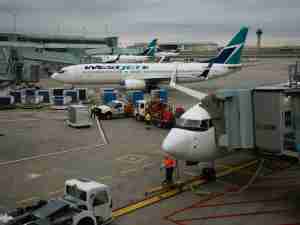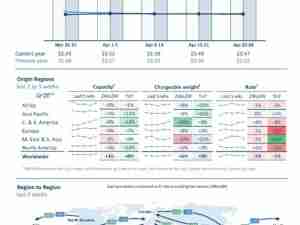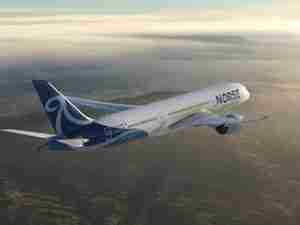Virgin Atlantic Airways Ltd. is aiming to get all of its planes flying by October or November amid continuing uncertainty over how far Covid-19 border curbs will be eased before the end of the summer.
The carrier controlled by billionaire entrepreneur Richard Branson is working toward the return to full capacity while awaiting details of U.K. plans to begin reopening travel from May, Chief Executive Officer Shai Weiss said Wednesday in a World Aviation Festival presentation.
Virgin Atlantic expects to lose more than 1 billion pounds ($1.4 billion) this year and last combined, but aims to be profitable from 2022 and sustainably so after that, Weiss said. The company has the liquidity to ride out the crisis after two rounds of financing and sales of aircraft, though that would change for all airlines if international travel remained idled for another year, he said.
Crawley, England-based Virgin Atlantic is currently operating 27 aircraft, mostly Boeing Co. 787s and Airbus SE A350s, leaving 10 more, largely A330s, to return to service, a spokeswoman said.
Weiss said he sees no reason for any restrictions on travel from Britain to so-called “green list” countries. Opening the vital trans-Atlantic market would require that the U.S. be among the nations listed, along with an American easing of legal barriers to foreign visitors.
The CEO said that while business-class demand may take until 2023 to recover, Virgin is hopeful that increased personal savings will trigger a surge in premium leisure travel. New A330neo planes yet to join the fleet could be configured to reflect changes in the demand profile.
Weiss, who is working on a new corporate strategy plan for Virgin Atlantic, said he’s expecting no significant drop in long-haul fares in key markets once travel resumes.
The exit of bigger planes such as Boeing 747s, coupled with the termination of Norwegian Air Shuttle ASA’s U.S. services, should bolster trans-Atlantic yields, he said.








